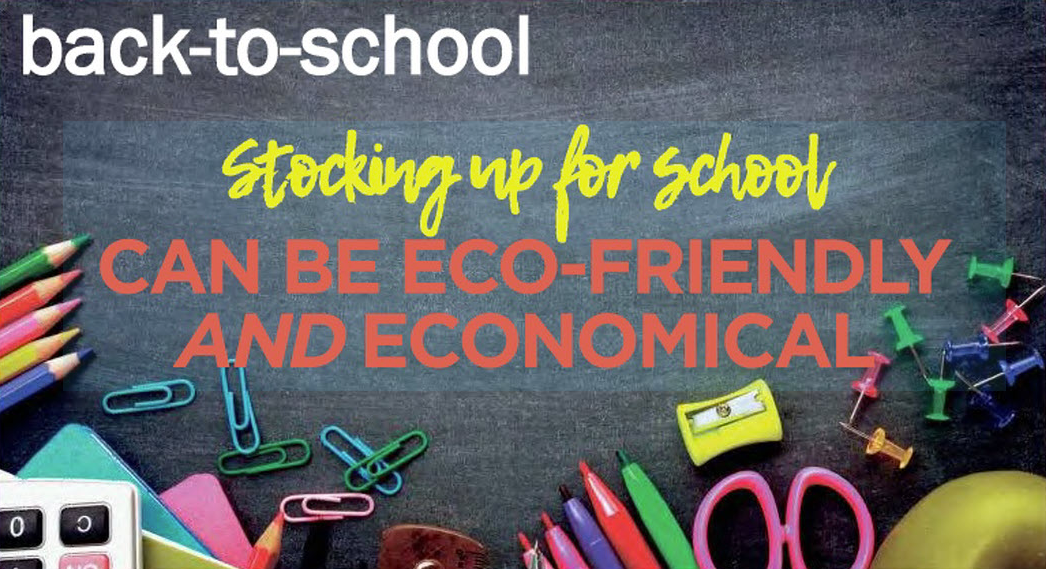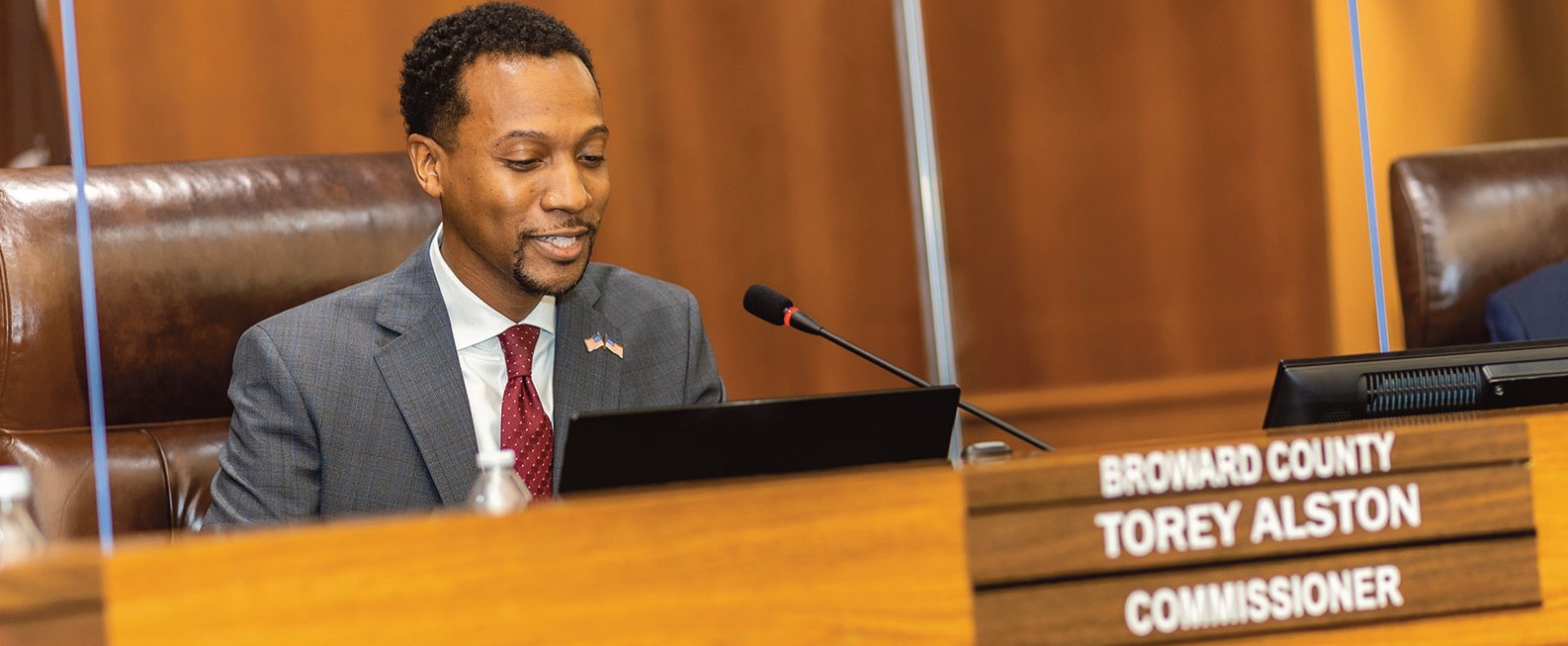PHOTO COURTESY OF FLICKREEL.COM
By BEV O’SHEA NerdWallet
Earth-friendly school supplies might sound expensive, but you can be gentle with the planet and respectful of your wallet. Start by widening your idea of what’s “green.”
LOOK FOR FREEBIES FIRST
Using what you already have is the ultimate environmentally friendly move and fits with a frugal lifestyle . Look for pens, pencils, unused journals picked up at a convention, binders no longer in use, and unused or lightly used supplies from last year.
You may not have to buy at all. Chelsea Brennan, who blogs at Smart Money Mamas, says she sees posts on her hyperlocal Buy Nothing Facebook group every fall requesting notebooks and other school supplies. “And then someone may comment, ‘We have those, plus three composition books that have never been written in. Do you need those?’” Brennan says she borrows, donates and receives items through the group.
SAVE ON BACKPACKS AND OFFICE SUPPLIES
For backpacks, Mary Hunt, founder of the website Cheapskate Monthly, recommends JanSport or Eastpak for durability. If you are shopping resale, those are labels to look for because they’ll last longer. And JanSport backpacks have a lifetime warranty.
Or choose a backpack made from recycled materials. Whether you choose new, used or recycled, look for sturdy zippers, pockets and supportive, padded straps. You don’t want this year’s backpack to be in a landfill next year.
Many stores now carry office-supply lines that are earth-friendly. Several companies offer pens made from recycled plastic. Pencils can be made from recycled newspaper, but they’re more expensive than pedestrian wooden pencils. A mechanical, refillable pencil might be the more economical green choice.
Notebooks and loose-leaf paper made from recycled paper can be fairly pricey. For example, a set of four college-ruled “decomposition books” at Target costs more than $25. If recycled paper products don’t fit your budget, you can still be green by making sure your student recycles used paper instead of throwing it in the trash.
Derek B. Davis, a spokesman for Earth.com, noted that many schools now bundle required items and offer them to parents. You may not save money but you’ll save gas and time.
CUT COSTS ON CONTAINERS
Davis thinks the item likely to have the biggest impact on the planet is your student’s reusable water bottle – hardly a budget breaker. Reusable packaging for lunches and snacks also saves you money and lets you contribute less to the enormous problem of plastic in oceans and landfills.
To estimate the impact of a water bottle, know this: Americans use an average of 13 single-use plastic bottles per month, according to the nonprofit Earth Day Network. One reusable bottle, over a nine-month school year, could keep 117 single-use bottles out of circulation. Tap water is vastly cheaper than bottled, and eliminates plastic waste and the carbon emissions needed to distribute bottled water for sale.
There are also reusable – and dishwasher-safe – containers or bags for sandwiches and snacks. You can put those reusable bags inside a reusable lunch container. Bento boxes, which have compartments for various types of food, are another alternative. Reusable lunch bags and boxes can be purchased fairly inexpensively new – or keep an eye out for used ones.
Davis, the father of a rising second-grader, notes that kids lose things, and suggests buying backups of water bottles or lunch containers if you see an especially good price.
SHOP SECONDHAND FOR CLOTHES
For back-to-school clothes, consider resale stores. You may find clothes that are practically new for pennies on the dollar. You save money and extend the life of the clothes, keeping them out of landfills. You can shop online with ThredUP and similar sites.
Finally, no matter where you’re shopping, bring a reusable bag, Davis says. Keep one handy in the car.
What will ultimately be most effective in cleaning up the Earth, he says, is kids seeing parents who weave green living into everyday life: For instance, making coffee at home, drinking from reusable cups and making their own seltzer.













No Comment